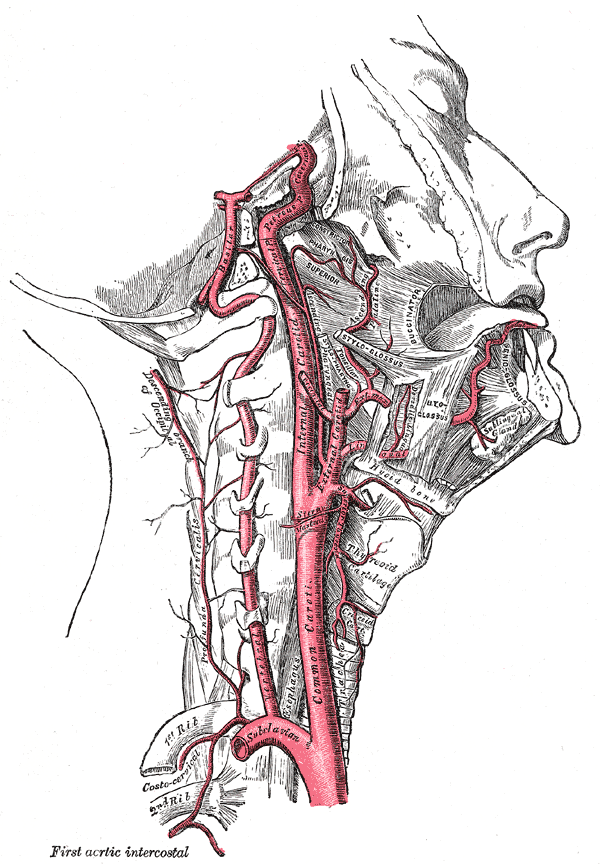Case Scenario:
A 50 years old[1] female[2], a known case of cholelithiasis[3] was referred to the hospital with a three week history of colicky pain across the upper part of abdomen[4] , increasing malaise[5] and deepening jaundice[6]. She had fever[7] and tender hepatomegaly[8] and her gallbladder was palpable. Biochemical investigation showed a bilirubin concentration of 151μmol/l, indicating obstructive jaundice[6]. Ultrasonography[9] showed dilatation of the biliary tree down to the common hepatic duct with a stone obstructing the neck of the gall bladder, which was dilated. Endoscopic retrograde cholangiography (ERCP)[10] showed the stricture in the common hepatic duct as a result of stone adjacent to it. She underwent surgical treatment[11], and was clinically asymptomatic at the discharge.
Explanation:
[1] Effect of Age:
Gallstones are more prevalent amongst the elderly.
[2] Effect of Sex:
More incidence of gallstones is found in women especially multiparous, because of estrogen which increases cholesterol in bile and decrease gallbladder movement both of which contribute to gallstones.
[3] Cholelithiasis:
Presence of stones in the gall bladder or the bile ducts is known as cholelithiasis.
Gallstone is crystalline concentration formed within gallbladder by accretion of bile components. Although mostly found in the gallbladder, these may be found in other parts of the biliary track including the cystic duct, ampulla of Vater, etc.
Gall stones are of three types:
1) Cholesterol stones- contain 80% cholesterol
2) Pigment stones- contain less than 20% cholesterol
3) Mixed stones- contain 20-80% cholesterol
[4] Colicky Pain:
Severe abdominal pain caused by spasm, obstruction or distention of hollow viscera e.g. intestines. It is catchy in naure. The causes might include the following among others:
a. Kidney stones
b. Gall stones
c. Obstinate constipation
d. Chronic lead poisoning
e. Bowel obstruction
f. Gastroenteritis
g. Biliary colic
h. Renal colic
[5] Malaise:
Feeling of discomfort or uneasiness which might be the first indication of infection or other disease. It can be regarded as the “general feeling of being unwell”. The causes might include emotional to hunger to the more serious ones (cancer, stroke, heart attack, internal bleeding).
[6] Jaundice:
Jaundice is obstructive in nature as a result of cholelithiasis. It is the yellowish discolouration of the skin, the conjunctiva and other mucous membranes caused by hyperbilirubinemia (>35μmol/l). Presence of pale stools and dark urine is suggestive of obstructive jaundice. As the problem lies after conjugation so the levels of conjugated bilirubin increases.
[7] Fever:
Fever is secondary to gall stones or biliary track obstruction in this case.
[8] Hepatomegaly:
Swelling of liver beyond normal size. The causes include infection, hepatic tumor or metabolic diseases. The liver just comes under cover of the lower edge of the ribs (costal margin) on the right side. Normally it cannot be felt with finger tips except at the end of deep expiration. It is considered enlarged when it can be felt here.
[9] Ultrasonography:
Ultrasound (>20kHz) based diagnostic imaging technique used to visualize subcutaneous body structures e.g. tendons, joints, muscles, vessels and internal organs.
[10] Endoscope Retrograde cholangiography (ERCP):
Combination of use of endoscopy and fluoroscopy to diagnose problems of biliary or pancreatic ductal system.
The person is first sedated or anesthesized, and an endoscope is inserted through the mouth into the esophagus, then the duodenum,and finally the ampulla of Vater. A cannula is inserted through the ampulla and a radiocontrast is injected. Fluoroscopy is then performed to look for blockages.
[11] Surgical Treatment:
In cases of obstructive gall bladders, oral dissolution with medications is usually not performed and surgical procedure is opted. Two common techniques include
a. Open surgery
b. Laparoscopic cholecystectomy
In open surgery gall bladder is removed through a 5-8 inch long incision. The cut is made just below the ribs on the right side which goes just below the waist.
Laparoscopic chelecystectomy is performed through several incisions rather than through one large one.
 howMed Know Yourself
howMed Know Yourself


